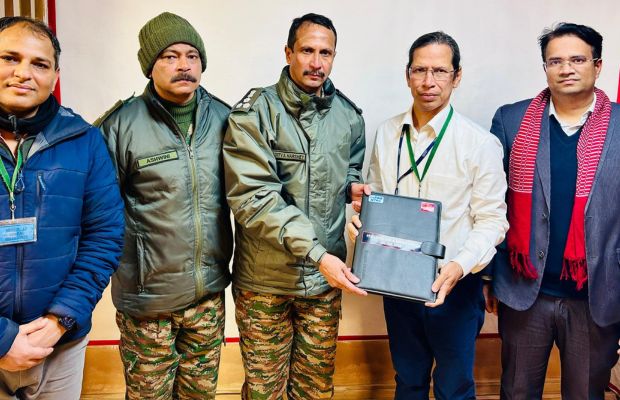NTPC and Indian Army Collaborate on Solar-Hydrogen Microgrid in Ladakh
Key Ideas
- NTPC and the Indian Army signed a Power Purchase Agreement for a solar-hydrogen-based microgrid in Chushul, Ladakh, aiming to replace diesel gensets and reduce CO₂ emissions.
- The microgrid at an altitude of 4,400 meters operates in extreme winter conditions, showcasing the capability of using hydrogen as an energy storage medium.
- The project in Ladakh focuses on decarbonizing the defense sector, enhancing self-sufficiency in remote areas, and expanding solar energy initiatives in the region.
- Government officials are piloting a solar project in the Pang area, emphasizing the need for collaboration and community involvement for sustainable solar energy expansion.
The Indian power company NTPC and the Indian Army have entered a Power Purchase Agreement for a solar-hydrogen-based microgrid project in Chushul, Ladakh. This initiative aims to supply 200 kW of round-the-clock renewable energy for the next 25 years, replacing diesel gensets and reducing CO₂ emissions by 1,500 tons annually. The microgrid, designed to operate independently in extreme winter temperatures as low as -30°C, showcases the potential of using hydrogen as an energy storage solution. The project in Ladakh not only focuses on decarbonizing the defense sector but also aims to enhance self-sufficiency in remote Himalayan regions affected by connectivity disruptions. Additionally, the government is planning to expand solar energy projects in Ladakh, with a specific focus on community involvement and sustainable development practices. This collaborative effort signifies a positive step towards integrating renewable energy, hydrogen technology, and military operations in a challenging geographical location.
Topics
India
Renewable Energy
Decarbonization
Solar Projects
Energy Self-sufficiency
Military Collaboration
Off-grid Solution
Latest News
